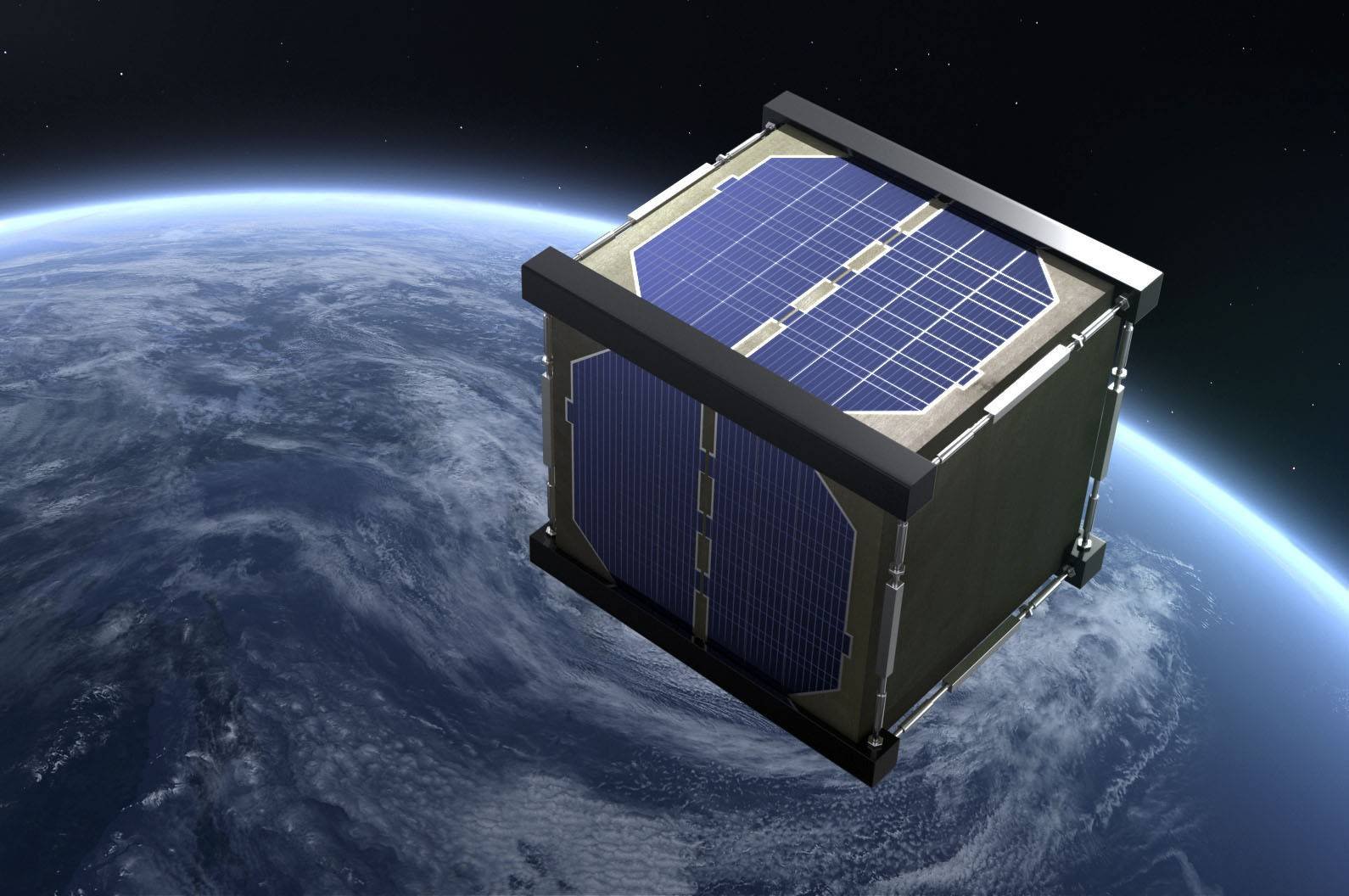The Revolutionary Launch of the World’s First Wooden Satellite
In an era where the fusion of technology and sustainability has become paramount, a groundbreaking initiative is taking shape in the realm of space exploration. Spearheaded by Japanese scientists, in collaboration with the National Aeronautics and Space Administration (NASA) and the Japan Aerospace Exploration Agency (JAXA), the world is set to witness the launch of LignoSat, the first wooden satellite. This pioneering project, blending traditional materials with cutting-edge aerospace technology, aims not only to explore the viability of sustainable materials in space but also to offer a solution to the escalating issue of space debris orbiting the Earth.

The Genesis of LignoSat: A Sustainable Odyssey
The inception of LignoSat, the first wooden satellite, can be traced back to the innovative minds at Kyoto University and Sumitomo Forestry. These researchers embarked on a mission to challenge the conventional paradigms of satellite construction, which traditionally relies on metals and synthetic materials.
Why was magnolia wood chosen for the construction of LignoSat?
After extensive research and testing, magnolia wood was chosen for its exceptional durability and resistance to the harsh conditions of space. This material leap signifies a profound shift towards sustainability, showcasing wood as a biodegradable alternative that could dramatically reduce the environmental impact of satellites.
The Environmental Conundrum of Space Debris
The launch of the world’s first wooden satellite addresses a critical environmental issue that has been mounting for decades: space debris. As humanity’s footprint in space has expanded, so has the cloud of defunct satellites, spent rocket stages, and fragments from disintegration events, all orbiting the Earth at high velocities. This debris poses a significant risk to operational satellites, the International Space Station, and future space missions. LignoSat’s wooden structure presents an innovative solution to this problem, as it is designed to completely burn up upon re-entry into the Earth’s atmosphere, leaving no trace behind and thus significantly reducing the potential for contributing to space debris.
Pioneering Sustainability in Space Exploration
The collaboration between Kyoto University, Sumitomo Forestry, NASA, and JAXA in launching the first wooden satellite, marks a pivotal moment in space exploration. This initiative not only seeks to validate the use of sustainable materials in space but also aims to mitigate the long-term environmental impacts of space debris. By choosing wood, a material that incinerates upon re-entry, the project stands as a testament to the possibility of conducting space missions with minimal ecological footprint. The successful deployment of LignoSat could herald a new era of eco-friendly satellites, inspiring future missions to adopt sustainable practices.
The Technological Marvel of LignoSat
The design and construction of the first wooden satellite, represent a marvel of engineering and materials science. Magnolia wood, known for its strength and resilience, underwent rigorous testing under space-like conditions to ensure its suitability for the harsh environment of space. The satellite is equipped with sensors and instruments to conduct experiments in orbit, measuring its deformation, performance, and the effects of cosmic radiation and vacuum on wood. These experiments are crucial for assessing the viability of wood as a construction material for future space missions, potentially revolutionizing satellite design.
The Global Implications of the First Wooden Satellite Launch
The impending launch of the first wooden satellite has captured the imagination of the global community, highlighting the intersection of tradition and innovation in tackling contemporary challenges. This mission underscores the importance of sustainability in space exploration, offering a glimpse into a future where technology and environmental stewardship coexist harmoniously. The data gathered from LignoSat’s mission will provide invaluable insights into the performance of wooden materials in space, influencing the design of future satellites and potentially reducing the proliferation of space debris.
First Wooden Satellite: A Symbol of Hope and Innovation
As LignoSat, the first wooden satellite, prepares for its journey into orbit, it stands as a beacon of hope and a testament to human ingenuity. This mission embodies the spirit of innovation, challenging the status quo of space exploration and showcasing the potential of sustainable materials in the final frontier. The launch of LignoSat is not merely a technical achievement; it is a step towards a more sustainable and environmentally conscious approach to exploring space, reflecting a commitment to preserving our planet and beyond for future generations.
The Legacy and Future of Wooden Satellites
The launch of LignoSat paves the way for a new generation of satellites, one that embraces sustainability without compromising on performance. As the world’s first wooden satellite orbits the Earth, it will serve as a proof of concept for the use of biodegradable materials in space, potentially setting a precedent for the industry. The success of LignoSat could inspire a shift towards more eco-friendly materials in satellite construction, contributing to a reduction in space debris and light pollution, and opening new avenues for research in materials science and aerospace engineering.
In conclusion, the launch of LignoSat, the world’s first wooden satellite, marks a watershed moment in space exploration. This innovative project, born from a collaboration between Japanese scientists, NASA, and JAXA, embodies the convergence of tradition and technology, sustainability and exploration. As LignoSat embarks on its pioneering mission, it carries with it the hopes of a more sustainable approach to our ventures into space, highlighting the importance of environmental stewardship as humanity continues to reach for the stars. The legacy of LignoSat will resonate far beyond its mission duration, inspiring future endeavors to consider the environmental impact of their explorations and paving the way for the next generation of sustainable space technology.





